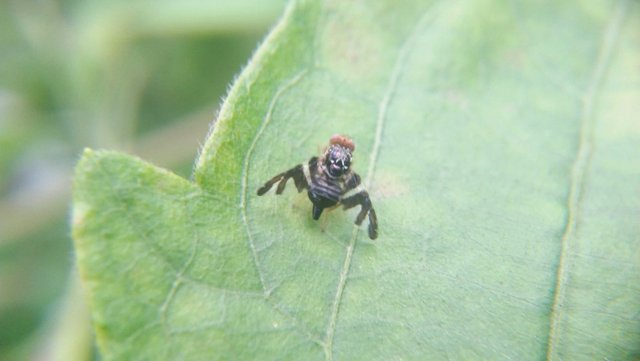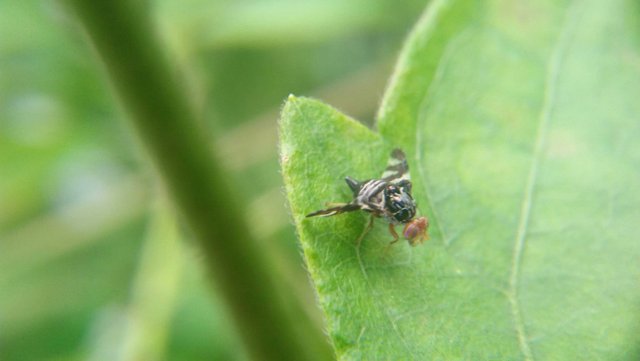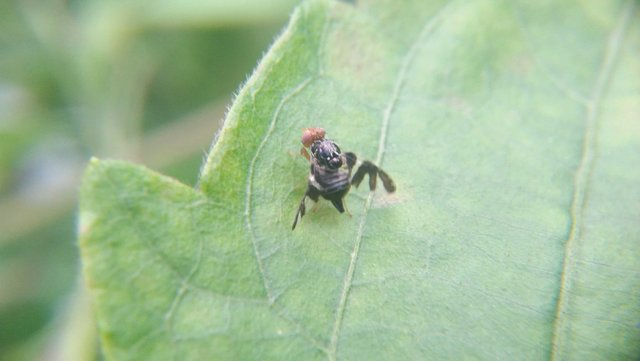Macro lens-Leaf Flies

The body of flies is usually short and slender, has adapted to air movement. The first tagma of flies, head, consists of ocelli, antennae, compound eyes, and parts of the mouth (labrum, labium, mandible, and maxilla). The second tagma, the thorax, holds the wings and has the muscles flying on the second segment, which is enlarged. The first and third segments are smaller in shape. On the third segment of the thorax there is a dumbbell, which helps balance the flies during flight. Further adaptations for flight are the reduction of the number of nerve ganglion and the concentration of nerve tissue in the thorax, a feature most distinct in infraordo


No fly species have teeth or other organs that allow them to eat solid foods. Flies consume only liquid foods or small granules, such as pollen, and parts of the mouth and their digestion show varying modifications according to the type of food. Female tabanidae uses mandibles and maxillas like a knife use to make the incisions cross in the host's skin and suck the blood. Stomach tabanidae includes large diverticula, allowing the insect to store a small amount of fluid after meals